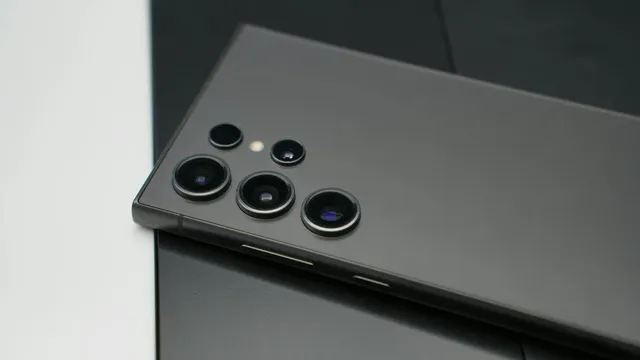- By Vikas Yadav
- Tue, 03 Sep 2024 01:02 PM (IST)
- Source:JND
South Korean smartphone maker Samsung is expected to unveil the Galaxy S25 series in January 2025. The lineup may include three models: Samsung Galaxy S25, Samsung Galaxy S25 Plus and Samsung Galaxy S25 Ultra. While we are months away from the launch, South Korean site Hankyung claims all smartphones may launch with a Qualcomm chipset, unlike the S24 series which offers a Snapdragon chip on the Ultra trim and Exynos processor on the S24 and S24 Plus.
According to the report, the move could be aimed to better compete with the competition from Apple and Chinese players in the evolving AI landscape. Samsung could use a Snapdragon 8 Gen 4 chipset for the S25 series. As for Samsung's in-house processor, the Exynos 2500 may be available on upcoming foldable smartphones, the Galaxy Z Fold 7 and Z Flip 7.
The foldable smartphones sporting an Exynos chip may launch in the second half of 2025. Coming to the Snapdragon counterpart, the Snapdragon 8 Gen 4 AP (application processor) may offer better AI capabilities. For Exynos, the company is reportedly working to improve performance and efficiency.
However, Samsung might only consider a Snapdragon 8 Gen 4 chipset for the Galaxy S25 and S25 Plus in select regions. However, the S25 Ultra may ship with a Snapdragon chip. The Qualcomm processor may be based on a 3nm fabrication process. The Galaxy AI features (aided by the chipset) may aim to compete with Apple Intelligence on the iPhone 16 series.
As for other leaks, the Samsung Galaxy S25 Ultra may offer a rounded design, a departure from the sharp edges of the S24 Ultra. This could make the Ultra trim more in line with the Galaxy S25 and S25 Plus outer design. However, Samsung has not confirmed any of these updates. Hence, you must read the details with a pinch of salt.

